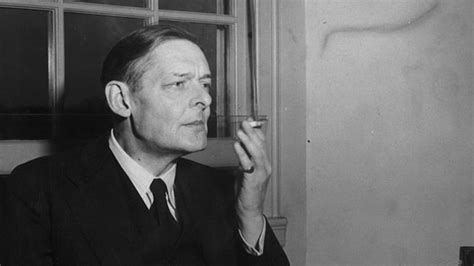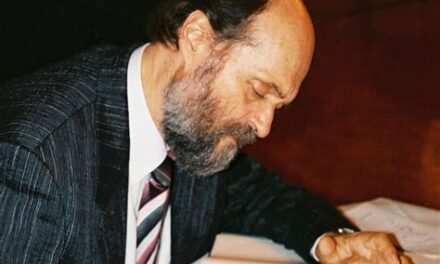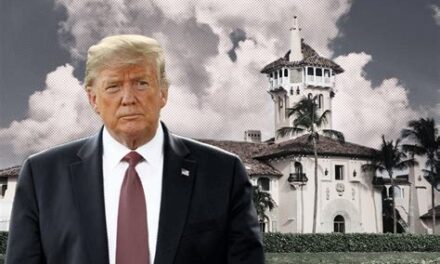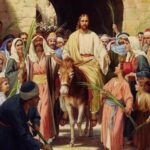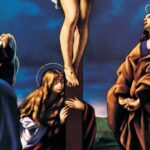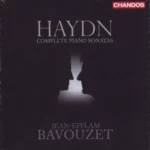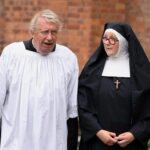On the day that I turned twenty-four, I received two presents, which, as is often the case with both young and old, I had dropped a few hints that I wanted. One was a pair of gray corduroy trousers; the other was a book, T. S. Eliot: The Complete Poems and Plays. I remember the event very well. I went to my room, changed into the new trousers and then sat down in a chair beside my bookshelves and started reading Eliot.
As almost anyone who has wrestled with the work of this great poet will affirm, Eliot’s poetry is not the easiest reading. Like many modern poets, many for whom Eliot was the model, his images can be obscure and his train of thought perplexing. By and large, only those who persevere, reading and re-reading, will, as we say, get his meaning, and it was, truthfully, many years before I gave myself to the necessary discipline.
But admitting that, I must say that Eliot fascinated me from the start. Maybe it was because I felt (even in 1975, a full ten years after his death and fifty-three years after the publication of “The Waste Land”) that I was entering a foreign land, one filled with sights, which, although I didn’t really know their history or fully appreciate their nature, fascinated me at landfall. Was the impression a true one, or was I simply determined to dabble in something I thought avant-garde? I cannot give an honest answer after all these years, but I remember the experience of that first reading, and here memory does not lie: I was hooked.
Strangely, I don’t remember that “Four Quartets” affected me at all. “Prufrock,” “Gerontion,” and “The Waste Land” were more than enough to keep me busy then. It was years before I came to the quartets with an earnest desire to understand them. I will not attempt to explain all I found once I did, but I think there are passages in the poem—especially from “East Coker” and “Little Gidding,” the second and fourth quartets—that any Christian reader will understand without recourse to critical apparatus. More than that, I think Christians—Roman Catholic, Anglican, and Greek Orthodox—for whom the liturgical calendar is important to understanding the year will appreciate the Part IV of these two wonderful poems that form part of the larger work.
Part IV of each quartet has for some time now commonly been designated a hymn. In “East Coker” and “Little Gidding” the hymns are accessible, beautiful, and devotionally profound for the Lent and Easter seasons, which is reason enough to give them our attention.
“East Coker’s” hymn is too long to produce in full, but the imagery is, though sometimes jarring, indicative of Eliot’s deep meditation on Christ’s sacrifice and our sacramental celebration of it. It begins with imagery of a modern hospital, but it is not long before we understand that this is more than a surgical theater: “The wounded surgeon plies the steel / That questions the distempered part; / Beneath the bleeding hand we feel / The sharp compassion of the healer’s art / Resolving the enigma of the fever chart.”
In these five lines, Eliot shows us the paradox of Christ’s sacrifice, a healing that wounds the doctor and simultaneously heals our “distemptered part” that we hardly acknowledge exists. Hence, the “enigma,” the obliviousness to our disease: we feel whole, energetic, and alive, but the surgeon operates regardless.
From the hospital theater in the first stanza, Eliot broadens his examination to the sickness of all mankind, “Adam’s curse,” in the second, presenting an imaginary sketch of the order of salvation. Recognizing our sickness is our “health” although really seeing our desperate “condition” only makes us “worse.” By the third stanza, the natural desire to deny our sickness presents itself, as it so often does, but Eliot will have none of it. He likens our world to another hospital, “Endowed by the ruined millionaire,” a reference to Adam or Satan, whose ways, if we accept them, will lead only to death. Our single hope is the contrary path, the death to self, or as Eliot puts it in the fourth stanza: “If to be warmed, then I freeze / And quake in frigid purgatorial fires.”
The fifth stanza largely speaks for itself, and I offer it in full: “The dripping blood our only drink, / The bloody flesh our only food: / In spite of which we like to think / That we are sound, substantial flesh and blood— / Again, in spite of that, we call this Friday Good.” The lines are a summing up of the entire hymn. In spite of our illness and of the Surgeon’s bloody, broken body, we try to tell ourselves that we don’t really need His attention. But, in spite of that falsely comforting thought, we return to Him, and “call this Friday,” the day He bled for us, “good.”
The hymn from “Little Gidding” is much shorter but no less impressive. It begins: “The dove descending breaks the air / With flame of incandescent terror.” The Pentecostal imagery strikes an almost frightening chord—and no wonder: Eliot was an air-raid warden during the Blitz and used the most incongruous of things, a bomber falling in ruin, to recall what believers know by faith, the new life of the Holy Spirit. The connection certainly may disturb the reader, and it’s meant to. Those familiar with Scripture will recollect that rejecting the Holy Spirit is the one unforgiveable sin. And, like Dante, Eliot won’t dare deny the truth: “The only hope, or else despair / Lies in the choice of pyre of pyre— / To be redeemed from fire by fire.”
The second and final stanza is worth presenting here if only to alleviate the necessary but harsh reality Eliot describes in stanza one:
Who then devised the torment? Love.
Love is the unfamiliar Name
Behind the hands that wove
The intolerable shirt of flame
Which human power cannot remove.
We only live, only suspire
Consumed by either fire or fire.
The Love that will have nothing less than all of us, body and soul, will burn, and when the surrender is complete, it must do so. But, like the “wounded surgeon,” at no time is the Spirit any less than Love for the severity of the trial.
I began by referring to a very common experience that I know as my own and, I will add, my students’: the difficulty of understanding T. S. Eliot. But in these two hymn, readers will meet a poet who, though he may not be exactly easy, presents images of beauty and, in his own words, “terror” that are the very stuff of the Christian walk that Eliot himself began in 1927. From that point own, in spite of the sad state of Western civilization that he knew all too well, he was not walking through a wasteland. It’s a journey we too may take during this season of Lent and Easter through Eliot’s poetry, in fear and trembling, to be sure, but also in hope.

